Stripe and the MATCH List: How Merchants Get Blacklisted and What to Do About It

Stripe and the MATCH List: How Merchants Get Blacklisted and What to Do About It
Picture this: Business is booming. Sales are steady, your customer base is growing, and everything seems to be running smoothly—until suddenly, Stripe pulls the plug.
One cold, automated email later, your payment processing is shut down. No explanation. No warning.
Days later, you learn you’ve been placed on something called the MATCH list. What you may not know at this point is that your ability to process credit card transactions anywhere has just been placed in serious risk.
Every year, thousands of legitimate businesses are blindsided by MATCH list placement, often without fully understanding what it is or how it happened. There are lots of Reddit threads out there highlighting extraordinary cases of merchants looking for processing in what showcases a dreadful journey.
This article breaks it all down: what the MATCH list is, why Stripe adds merchants to it, what to do if you’re listed, and—most importantly—how to avoid it in the first place.
Because while being blacklisted by Stripe is a serious setback, it doesn’t have to be the end of your business journey.
What Is the MATCH List?
The MATCH list, short for Member Alert to Control High-Risk Merchants, is a database maintained by Mastercard to help acquiring banks and payment processors identify businesses that have had their merchant accounts terminated for specific high-risk behaviors. Think of it as the credit card industry’s internal “watchlist.”
Although, “watchlist” is about the softest way one would describe this experience.
That’s because when your business lands on this list, getting approved for a new merchant account becomes incredibly difficult.
Most mainstream processors will either deny your application outright or subject you to intense scrutiny—often ending with a rejection.
To make matters more complicated, Visa maintains a similar system called VMAS (Visa Merchant Alert System), which works in tandem with MATCH to flag problematic merchants across the payments ecosystem.
Unlike a legal or government blacklist, the MATCH list is entirely controlled by the payments industry. There’s no formal hearing, no standard appeals process, and most merchants don’t even know they’ve been listed until a new application is denied—or a payment provider like Stripe abruptly cuts ties.
Simply put: if you're on MATCH, your ability to accept credit cards can be grounded indefinitely. And thus, you find 1000’s of small businesses roaming Internet communities looking for insights and often, a miracle.
Why Stripe Places Merchants on the MATCH List
Stripe has earned a reputation for being fast, flexible, and easy to set up—which makes it especially popular with startups, online creators, and adult businesses. But that ease of access comes with a hidden catch: Stripe’s risk monitoring is automated, rigid, and often unforgiving. Unfortunately, many merchants fail to consider this risk and end up causing serious harm to the future of their business.
Because Stripe acts as a payment facilitator (or PayFac) and operates under the rules of acquiring banks and card networks like Mastercard, it’s required to report certain types of merchant account closures to the MATCH list. If your account is flagged for a violation that fits Mastercard’s criteria—such as excessive chargebacks or suspected fraud—Stripe may be obligated to list you, even if your infraction was unintentional or never explained.
What makes Stripe especially tough is the lack of transparency. Many merchants receive a brief termination email with no clear explanation. Only later do they discover, often through a rejected application with another provider, that they’ve been MATCH-listed—sometimes for years.
This process is rarely negotiable and nearly always final.
And because Stripe performs little to no upfront underwriting when onboarding new merchants, they rely heavily on automated systems to detect risk after the fact. One spike in chargebacks, a flagged product category, or a discrepancy in your business model can trigger termination—and land you on MATCH without warning.
Navigating the perils of the infamous MATCH list isn’t, unfortunately, a difficult place to find your business.
Common Reasons for MATCH Placement via Stripe
Stripe doesn’t always tell you why your account was terminated—let alone that you've been added to the MATCH list. But if they do place you there, it’s typically tied to one of Mastercard’s official MATCH reason codes. These are the most common reasons merchants working with Stripe end up blacklisted:
- Code 04 – Fraud
This doesn’t always mean criminal intent. Even mismatched business details, misleading product descriptions, or unintentional policy violations can trigger a fraud classification. - Code 05 – Excessive Chargebacks
If your chargeback ratio creeps above 1%, you’re on Stripe’s radar. Push past 2%, and you may be flagged as too risky to support—especially if the chargebacks keep climbing. - Code 07 – Fraud Conviction
This one is rare and serious. If there’s a legal ruling involving fraud tied to your business or identity, MATCH placement is automatic. - Code 12 – PCI Non-Compliance
Failing to meet PCI-DSS security requirements—like how you store or transmit credit card data—can get you flagged, especially if it leads to a breach. - Code 14 – Identity Theft
If Stripe believes the account was opened under false pretenses, or detects signs of identity theft, you could be placed on MATCH even if you were unaware of the issue.
What makes this process frustrating for merchants is the lack of due process. You might receive a basic account closure email and nothing more. The MATCH listing itself can remain hidden until you try to open another merchant account and are suddenly denied without clear reason.
Stripe operates on a scale where automation rules the risk process—and that means it’s easier to get caught in the system than most realize.
What Happens Once You're on the MATCH List
Being placed on the MATCH list isn’t just a Stripe problem—it’s an industry-wide red flag. Once you’re listed, your information is shared across acquiring banks globally, making it extremely difficult to open a new merchant account through traditional means.
Here’s what you can expect:
- Application rejections become the norm. Mainstream payment processors—especially automated ones like PayPal, Square, and Shopify Payments—will typically deny your applications outright.
- High-risk scrutiny Even processors that work with higher-risk industries will perform deep due diligence. You may face higher fees, reserve requirements, or longer onboarding periods.
- No universal appeals process. The MATCH list is not overseen by a regulatory agency. Removal must come from the acquirer that placed you on the list—in this case, Stripe—and they’re not obligated to respond to removal requests or even disclose the MATCH code.
- Time-bound limitation. MATCH placement lasts five years, unless the original processor removes you sooner. That’s a long time to wait without proper credit card processing.
In short, the MATCH list acts as a powerful gatekeeper—and once you’re in, you can’t just opt out.
Your best path forward is understanding what led to the listing, correcting any underlying issues, and working with providers who specialize in MATCH-listed merchants.
If you’re one of the 1,000’s of businesses that have found yourself mitigating this dilemma, keep reading, we’ve got better news coming.
Steps to Take If You’ve Been Placed on the MATCH List by Stripe
Landing on the MATCH list can feel like hitting a wall—but there are next steps. Taking these steps are a crucial part of saving your business.
While the process isn’t easy, it’s not impossible to recover.
Here’s how to respond strategically:
1. Confirm the Listing
Start by contacting Stripe directly. Ask them if they placed you on the MATCH list and whether they can share the reason code associated with your termination. They’re not required to provide it—but sometimes, if you ask persistently and professionally, they will. Understanding EXACTLY why you’re on this list is a very helpful beginning.
2. About the MATCH Code
The reason code (such as Code 05 for chargebacks or Code 04 for fraud) is critical. It tells you what triggered the listing and helps you understand whether there's any room to challenge it—or at least explain it to a future provider. Without this, you’re guessing what you’re contesting. This may have to happen, but we’d prefer not.
3. Dispute the Listing (If Justified)
If you believe the listing was an error—say, your chargebacks were miscalculated or another merchant’s activity was mistakenly attributed to you—you can submit a formal dispute with supporting documentation.
Keep in mind that Stripe rarely reverses these decisions, but it’s worth a try if your case is strong. Meaning, it truly was a mistake of your business identity or math.
4. Work with a MATCH-Tolerant Processor
If you’re on the list, your best option is to work with a high-risk payment processor that understands the MATCH system and is willing to underwrite businesses with this status.
This is where providers like MobiusPay come in. They’ve helped hundreds of MATCH-listed merchants—especially in adult, dating, and digital content industries—regain the ability to process payments and rebuild their operations.
5. Focus on Compliance Moving Forward
Whether you stay MATCH-listed or find a new processing partner, keep everything above board:
- Monitor chargebacks closely
- Stay transparent about your business model
- Follow card network rules to the letter
The MATCH list might not be reversible—but you can move forward with the right support and smart practices.
How to Avoid Being Placed on the MATCH List in the First Place
Once you're on the MATCH list, options narrow. But with the right approach from the start, many merchants—especially those in high-risk industries—can avoid being listed altogether. Here’s how to stay in the clear:
Don’t Be Seduced by the Easy Setup
It’s tempting to choose a processor like Stripe. Fast onboarding, minimal documentation, and instant integration make it feel like the obvious choice—especially for startups and digital-first businesses. But this convenience comes with a hidden cost: Stripe isn't built to support high-risk verticals, and even minor red flags can lead to sudden account closures and MATCH placement.
If your business operates in adult, dating, supplements, digital content, or subscription-based services, the better move is to start with a processor that understands your industry’s risk profile—like MobiusPay.
It’s far easier to stay compliant when your processor is aligned with your business model from day one.
Keep Chargebacks Low
Excessive chargebacks are one of the fastest ways to get flagged. Aim to stay below 1%, and if you trend higher, act quickly:
- Use clear billing descriptors
- Respond promptly to disputes
- Invest in fraud detection tools
- Offer transparent refund and support policies
Be Transparent in Your Merchant Application
Never misrepresent your product, business type, or customer base.
Stripe and other processors scan for inconsistencies between what you claim and what you actually do. If you say you're offering consulting but you’re selling NSFW content or supplements, you're setting yourself up for a violation—and a potential MATCH listing.
Understand Your Processor’s Risk Tolerance
Every payment platform has its limits. Stripe, for example, explicitly prohibits many high-risk business categories. Operating in a grey area—or hoping you won’t be noticed—invites scrutiny and abrupt termination.
Stay PCI Compliant
Make sure your site, payment flow, and data handling meet all PCI-DSS requirements. Non-compliance can trigger security flags that result in MATCH Code 12 (PCI Non-Compliance), which can be hard to reverse.
Monitor Reputation and Customer Experience
Negative media coverage, customer complaints, or a sudden rise in refund requests can also trip a processor’s risk algorithms. Use reviews and feedback as early warning signs.
Prevention Is the Best Cure
Getting removed from the MATCH list is difficult. Avoiding it in the first place? That’s where you have real control—and it starts with choosing the right payment partner from day one.
Processors like Stripe make setup easy, but they’re not built for businesses in high-risk industries. That mismatch can lead to abrupt shutdowns, lost revenue, and years on the MATCH list. By contrast, working with a provider like MobiusPay from the beginning means your business is evaluated, supported, and protected by a team that understands your space.
Don’t wait for a payment crisis to find the right fit. With the right foundation, you won’t need a fix, you’ll already be built to last.
Return to Blog

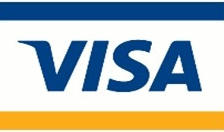

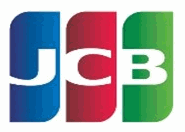
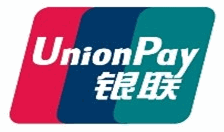
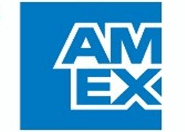
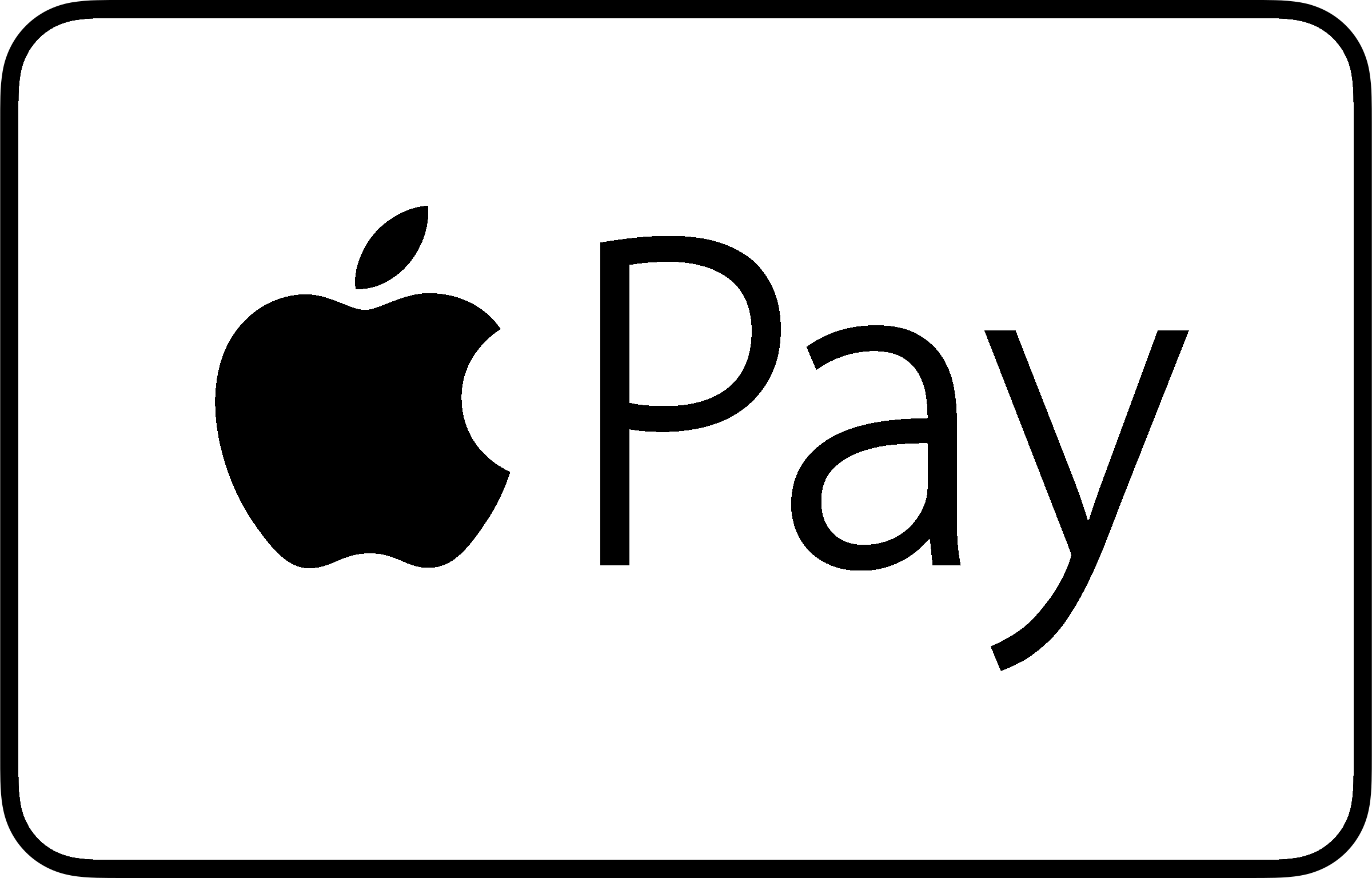

* Created by
